Parrotfish are a group of colorful, tropical fishes native to shallow seas. These fish are named for their bird-like beaks, which are used to feed on coral polyps and algae. They come in a wide variety of shapes, sizes, and colors. Read on to learn about the parrotfish.
Description of the Parrotfish
There are approximately 95 different species of parrotfish. They are normally quite colorful fish, and can be commonly seen in blues or greens, with accents of pink, purple, yellow, red, and every shade in between. Most species of of this fish range from 12 – 20 in. in length, but they can be anywhere from 5 inches long to well over 4 feet!
Interesting Facts About the Parrotfish
Parrotfish are an incredibly unique group of animals, even in comparison to their closest relatives. They have multiple traits that are interesting, strange, and even downright amazing.
- Fish with a “Beak” – These fish have an incredibly distinct dental structure. This fish’s “beak” is actually made up of numerous small teeth packed closely together to form a beak-like structure. They use this tough beak to scrape algae from rocks and coral when feeding.
- Sneaky Sleeper –These fish use a unique method to prepare for bed at night. After a long day of foraging, many species will create a mucous cocoon before going to sleep. They spit mucous from their mouths, and spread it around their bodies. Scientists believe that this mucous helps mask the scent of the fish from predators.
- Coral Care – While some species of this fish feed on coral polyps, all of them feed on algae. Too much algae and seaweed growth on corals can cause the reefs to die off, and this growth is exacerbated by climate change and pollution. Researchers actually believe that these fish are incredibly important for the health of Australia’s Great Barrier Reef. These are the only species that scrape and clean the surface of the reef.
- Sandman – When eating coral polyps and scraping algae from the surface of coral, these fish consume the coral rock. What goes in must come out! This coral rock is digested as much as possible, and comes out the other end of the fish as sand. A single fish can produce 200 lbs. of sand every year!
Habitat of the Parrotfish
Parrotfish prefer living in shallow seas, because coral grows best in areas with lots of light. They can be found in both tropical and subtropical habitats. Their favorite ecosystems are coral reefs, but they also live among seagrass beds and rocky coastlines.
Distribution of the Parrotfish
Various species of this fish can be found in tropical and subtropical oceans worldwide. These fish are found commonly in the Atlantic, Pacific, and Indian oceans. The highest species variety is found in the Indo-Pacific ocean regions.
Diet of the Parrotfish
Most parrotfish are herbivores, which means they feed on plant matter. Algae, particularly species that grow on rocks, make up the bulk of this fish’s diet. They will also feed on plankton and other small invertebrates. Some species feed on coral polyps as well, but no species has a diet consisting of over 50% coral consumption.
Parrotfish and Human Interaction
Some large species of parrotfish are commercially hunted for their meat. Humans have acknowledged the value that these fish hold for coral reef health, and have implemented protections of various species. They are not frequently kept in aquariums, despite their beautiful colors, because they will wear down the corals and rocks in the aquariums.
Domestication
Parrotfish have not been domesticated in any way.
Does the Parrotfish Make a Good Pet
These fish are not suitable aquarium fish because they slowly degrade corals and live rock in tanks.
Parrotfish Care
These fish require a diet similar to other algae-eating fish. They will chew on corals and live rock, and should be provided with substrates similar to this for algae consumption. Because many species can grow relatively large, they should be provided with plenty of space.
Behavior of the Parrotfish
These fish spend most of their time foraging. They swim through the reef and take bites off of the coral or rock, extracting algae that grow on it. The teeth that make up their beaks grow continuously. This is important because biting rocks can really wear down a pair of chompers!
Reproduction of the Parrotfish
These fish are pelagic spawners, which means they release their eggs and sperm into the water column. After fertilization, the eggs will settle into the corals and develop until they are ready to hatch. In many species, a single male fish will control a small school of females. When the male dies, the largest female will change sex and become the male.

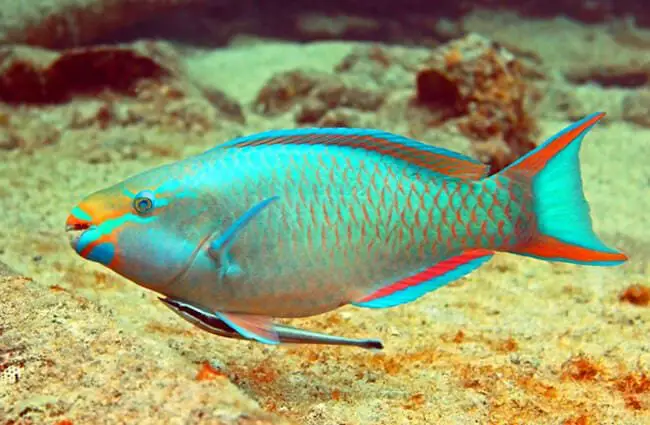
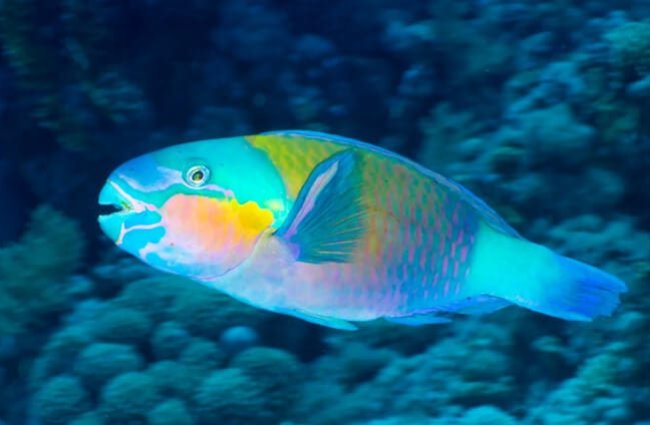
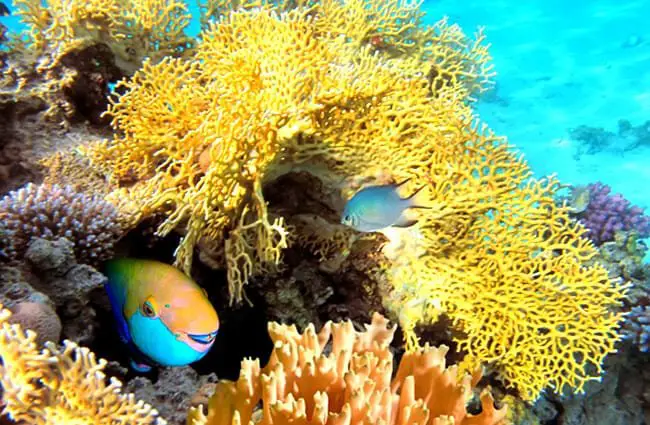
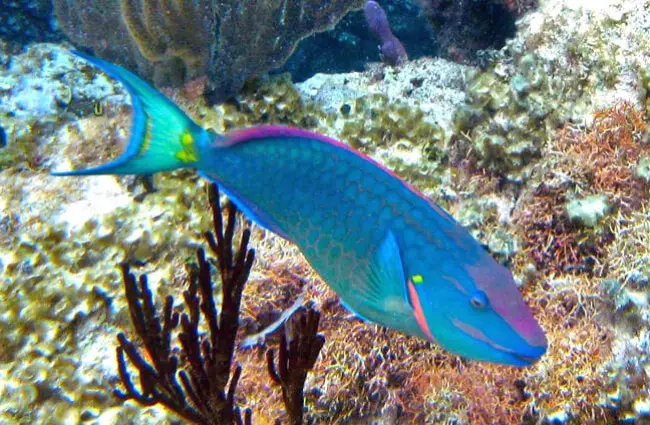
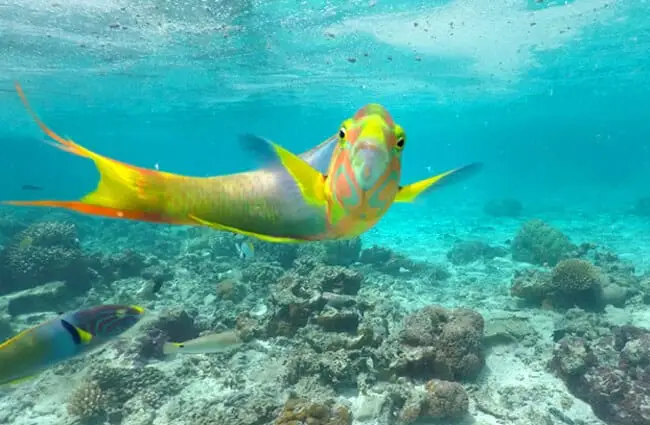


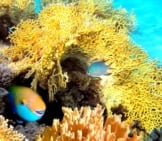
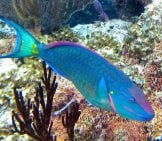

![Red Angus Closeup of a beautiful Red Angus cowPhoto by: U.S. Department of Agriculture [pubic domain]https://creativecommons.org/licenses/by/2.0/](https://animals.net/wp-content/uploads/2020/03/Red-Angus-4-238x178.jpg)












![Red Angus Closeup of a beautiful Red Angus cowPhoto by: U.S. Department of Agriculture [pubic domain]https://creativecommons.org/licenses/by/2.0/](https://animals.net/wp-content/uploads/2020/03/Red-Angus-4-100x75.jpg)

